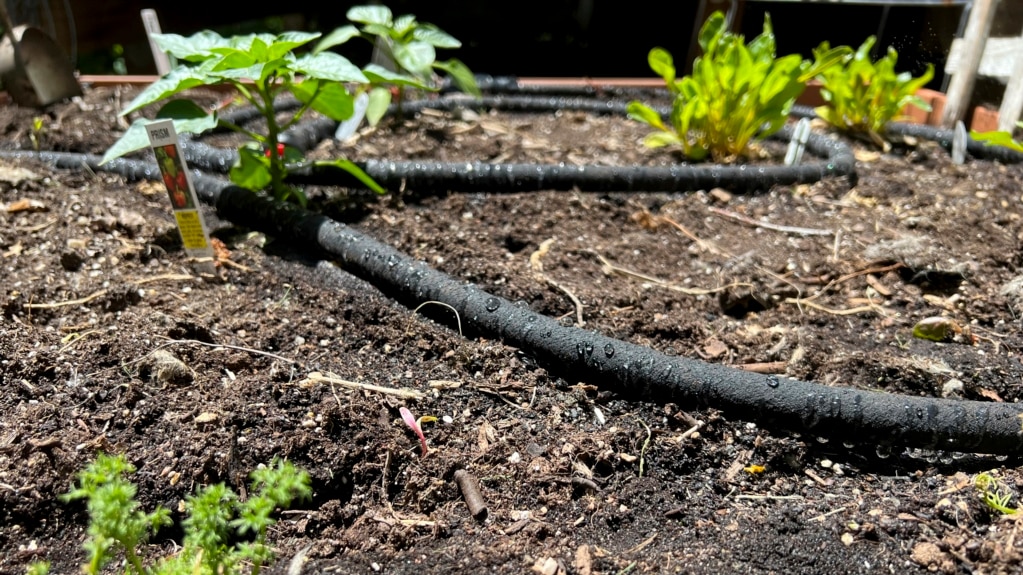Jessica Damiano writes about gardening for the Associated Press. In her latest story, she talks about cost-saving ways to keep your garden watered during the hot months of summer.
A simple and common way to water plants is to hold a garden hose and let the water fall down directly on the plants and soil. This is a good choice that does not waste water. It also can help prevent disease in the plant.
But a garden hose is not the only way to water your plants while keeping costs and water usage down.
Let’s look at some of Damiano’s other recommendations.
The When and How of Watering
The best time to water plants is in the morning. This lets the water go deeply into the soil before the weather gets too hot. If you water later in the day, the water will just evaporate from the surface. If you water in the evening, the plants stay too wet overnight. The risk of mold, mildew and fungal diseases increases.
How you water is just as important as when you water. If you water quickly every day, it does not help the roots, which can extend over 30 centimeters into the soil. Water the soil less often, but deeply.
Be careful when watering very dry soil as the water will just run off without getting into the soil. Go slow and make sure the water is absorbing.
Catch and Reuse Water
Damiano says one way to help keep costs low for watering is to use recycled water. Instead of pouring water out after boiling foods, keep it and reuse it to water plants. Just make sure the water does not have salt in it. You can also do this with remaining water from water-collecting devices like dehumidifiers.
You can catch and use rainwater. Redirect your gutter’s downspout, the system that carries water away from the roof, to fill a rain barrel. Then use the barrel to refill watering cans or connect a hose to a hole at the bottom of the barrel.
Choose Native Plants
Most gardeners just think about which plants look good and the plants’ sunlight needs. But watering needs should be considered, too. Drought-resistant plants should not be overwatered when trying to keep thirstier plants watered.
It is also best to use plants that are native to the area where you live. These plants tend to be resistant to drought. They just need regular watering their first two years. After that, they can live on just rainwater except for during times of extreme heat.
Keep Moisture In
Damiano says it is also important to add lots of compost like mulch to help with water-holding abilities of sandy soil and to increase drainage in clay soils.
Adding 5 to 8 centimeters of mulch around the plants can reduce the evaporation of water and reduce weed growth. Make sure the soil is warm before adding the mulch. Create a 7-to-8-centimeter border away from the base of the plants.
If you are growing your plants in containers, use potting mix with a moisture-absorbent mineral like vermiculite.
Damiano says that you can even use a clean baby diaper to help with watering needs. Just tear open the diaper and mix the diaper’s absorbent material, called hydrogels, into the potting soil. Or you can place a diaper at the bottom of the container. Place the plastic side down and make holes for drainage.
I’m Faith Pirlo.

